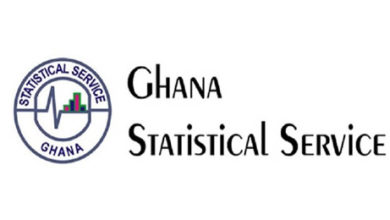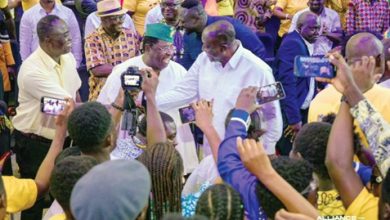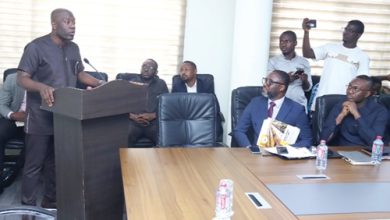Parliamentary democracy in last 26 years

The 2020 general election, will be a case to be keenly watched because it will present an interesting recipe of choices. However, the expectation in this time and age, is that more women will avail and position themselves to grab more seats when the die is cast.
Ghana’s political journey since the return to constitutional rule in 1993 under the current Fourth Republican dispensation has presented very dramatic results regarding the creation of more constituencies and changes in political fortunes.
Another interesting feature is the occasional rise and fall in the number of female Members of Parliament (MPs).
The return to constitutional rule on January 7, 1993, followed the approval of the 1992 Constitution in a referendum in April, 1992. The constitution provides for a four-year tenure for the President and MPs.
Barely seven months after the approval of the 1992 Constitution (in November, 1992), a presidential election was held and in December of the same year, the parliamentary election was also held.
The Fourth Republic has thus had a total of six Speakers who are: Justice D.F. Annan, Mr Peter Ala Adjetey, Mr Ebenezer Begyina Sekyi-Hughes, Mrs Joyce Bamford Addo, Mr Edward Doe Adjaho and the current, Prof. Mike Aaron Oquaye.
First Parliament of Fourth Republic
The First Parliament of the Fourth Republic, which was inaugurated on January 7, 1993, had 200 MPs.
Out of the 200 seats, the National Democratic Congress (NDC) won 189 seats; the National Convention Party (NCP), 8; EGLE Party 1, and Independent, 2. The New Patriotic Party (NPP) boycotted the parliamentary election over what it described as a stolen verdict in the presidential election.
The first Parliament produced 16 female MPs.
Second Parliament
The number of constituencies was maintained at 200 for the 1996 election. But there was a major change as both the presidential and parliamentary elections were held on the same day in December, 1996.
The Second Parliament of the Fourth Republic, which was inaugurated on January 7, 1997, saw the NDC garnering 133 seats; NPP taking 61 seats; the People’s National Convention (PNC), one seat, and the Convention People’s Party (CPP), five seats.
It is instructive to note that the number of female MPs went up slightly to 19, which was three more than the 16 female MPs recorded in the First Parliament.
Third Parliament
The Third Parliament of the Fourth Republic also had 200 seats but there was a major upset as the NPP ended the NDC’s majority hold over seats in Parliament.
After the 2000 election, the NPP won 103 seats; the NDC, 89; the PNC, three; the CPP, one and Independent, four seats.
The number of female MPs, however, reduced by one to 18.
More constituency seats
For the first time, the number of constituencies was increased from 200 to 230 for the 2004 election.
That followed the entry into force of the Representation of the People (Parliamentary Constituencies) Instrument, 2004, C.I.46, on April 12, 2004.
Consequently, the Fourth Parliament was inaugurated on January 7, 2005 with 230 MPs.
The NPP maintained its grip on the majority seats in Parliament with 128 seats as against 94 for the NDC, The PNC got four seats, the CPP, three.





